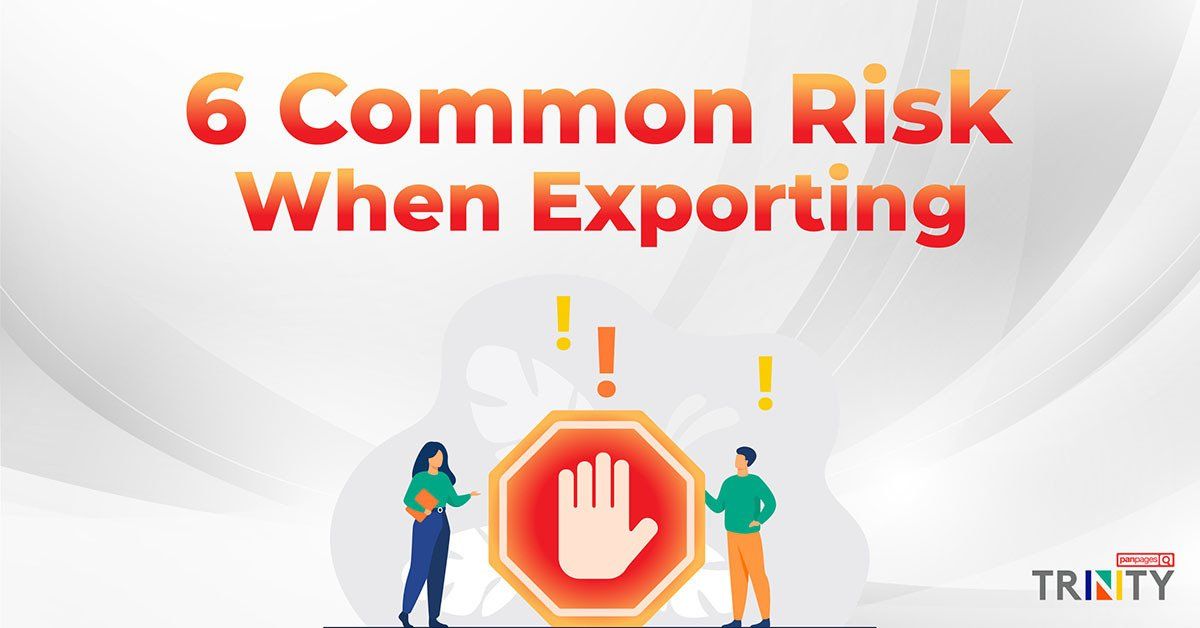6 Common Risk When Exporting

Exporting can bring businesses opportunities and benefits to grow into another level but it also has its own challenges. Today, selling internationally still brings complex risks, but they’re still outweighed by the benefits of selling to new markets.
Are you aware of the risk of exporting your products into overseas markets? Today, let us tell you about the common types of risks confronting exporters!
What Are the Types of Export Risks?
1. Getting paperwork and compliance wrong
You need to research and manage compliance and transport.
These including:
- Knowing exactly what export documentation you need to clear customs
- Using the correct HS code
- Understanding Incoterms
- Meeting the importing regulations for products and services in your chosen export markets.
This is to avoid your product stuck in customs, destroyed or returned at your cost if you are unclear about the paperwork and compliance.
2. Not protecting your intellectual property
Exporters should be looking into intellectual property (IP) in the early stage of the export journey.
Intellectual Property includes:
- your business and brand name
- your logo
- your product and processes.
Owning intellectual property helps you protect from others using something identical or similar to your brand or product, and can also create new sources of revenue should you desire to license your goods or services out to third parties.
To find out more about IP protection for your export business, click here.
3. Not understanding the target country’s local culture
Do you understand the culture, the people, their customs and preferences of the target markets you're interested in? If you’re not sure, then you will need to research so that you can avoid costly mistakes and damage to your brand reputation.
Here are the tools we would like to suggest you!
4. Be aware of hidden costs
You’ll need to factor in hidden costs when entering a new market.
These might include:
- You should be communicating with your buyers regarding specific country’s packaging requirements so that you can make changes to your labelling or product to meet local market regulations or preferences.
- Export regulatory and registration costs
- Export documentation, shipping and logistics costs
- Extra manpower costs to manage your international expansion.
Looking for more information regarding export documentation and logistics supply chain? Click here
5. Political and global risks
Global politics and events can affect your business in exporting. These events can result in decreased demand, payment defaults or confiscated assets. Increase cost in logistics
6. Economic and financial risk
Economic and financial risks are those that affect your cash flow & profits.
This includes:
- broken contracts
- currency fluctuations
- target country that suffers an economic downturn
These risk increases when selling internationally compare to selling in the domestic market. This can be due to a shaky economy, or higher levels of instability.
In conclusion, one of the main challenges to exporting is understanding how to deal with export risks. If you’re able to identify and against these risks, you will be able to go a long way to ensuring your exporting business meet your success!

